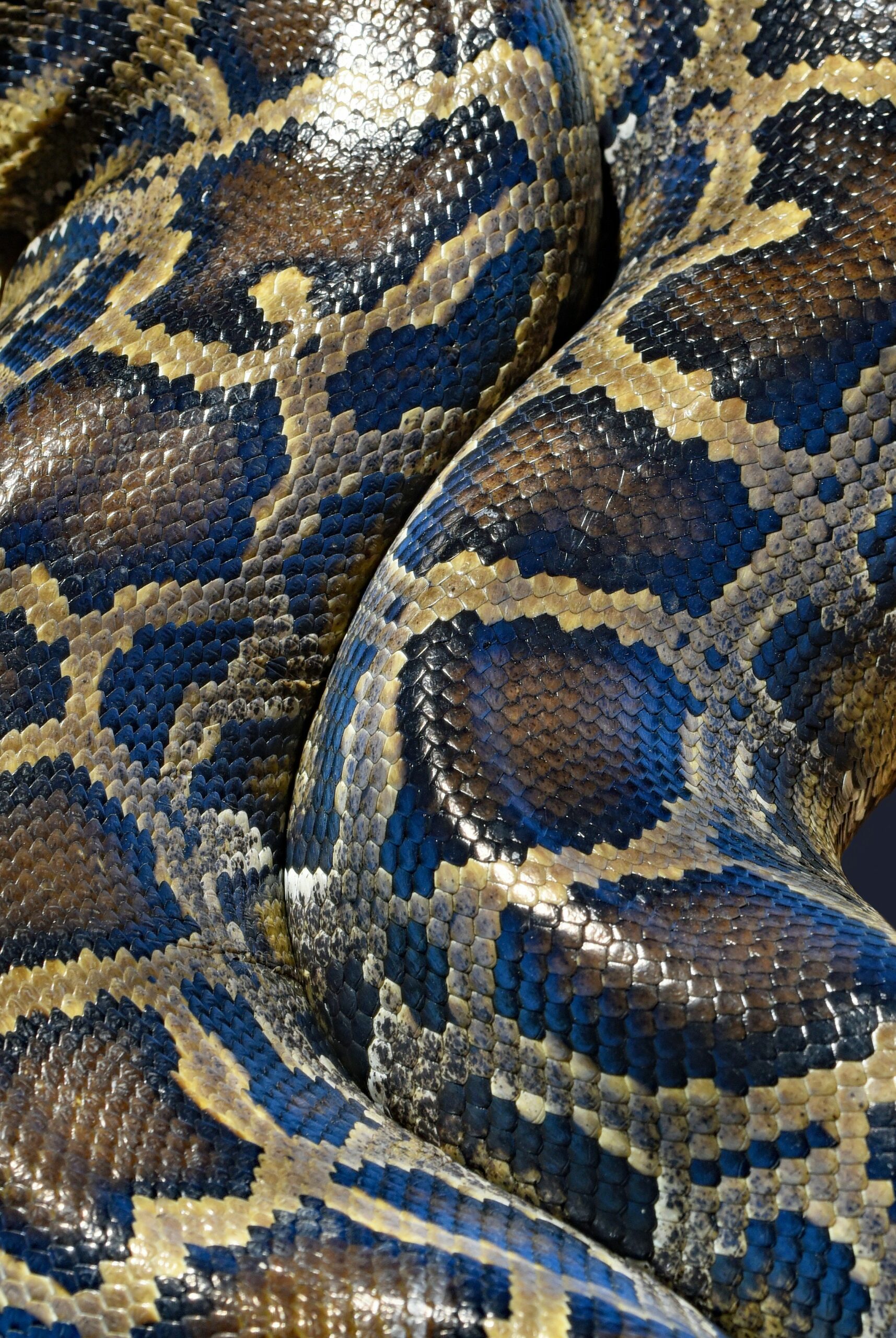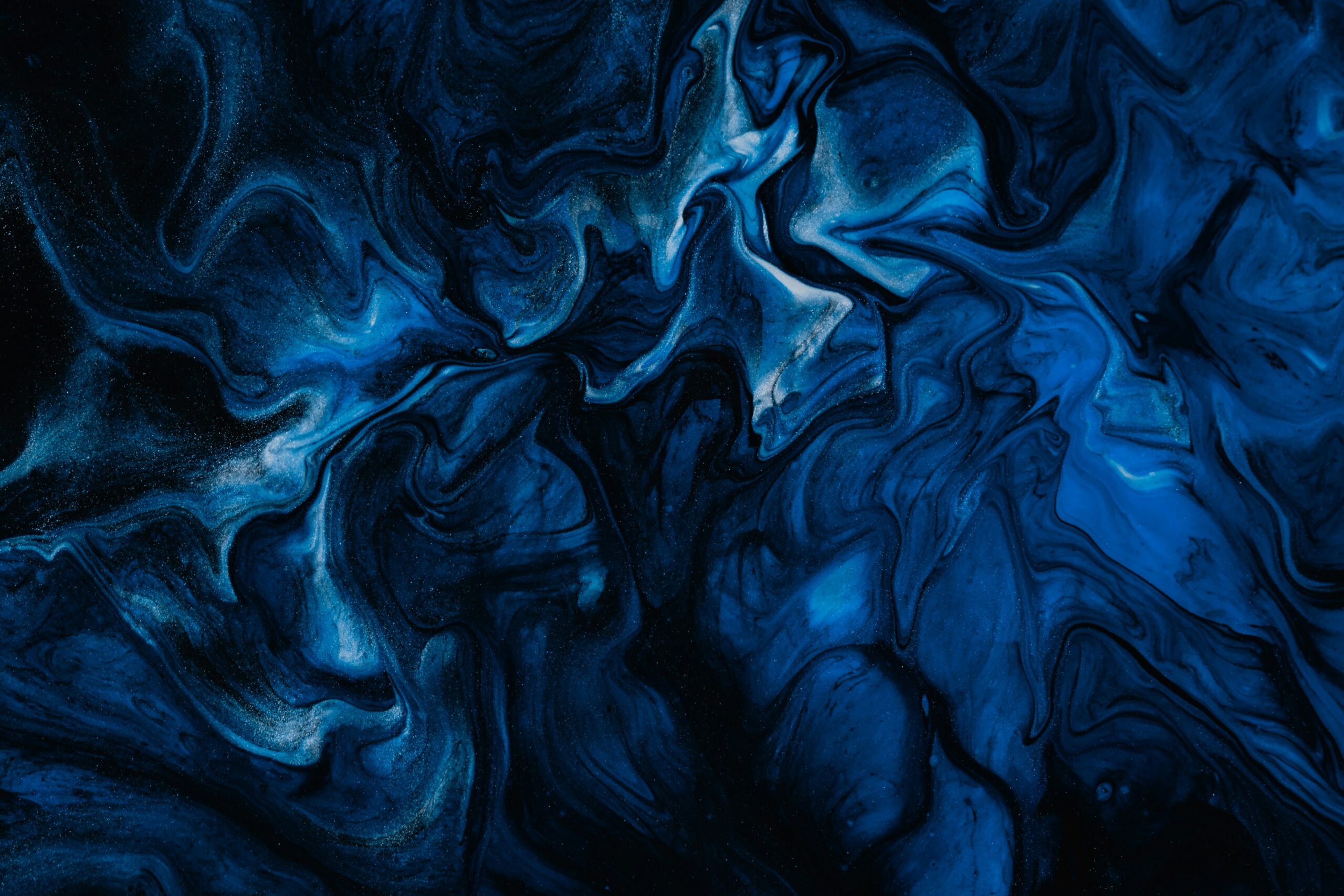Imagine a world where camouflage outdoor gear goes beyond its traditional association with the military. A world where hikers, hunters, and outdoor enthusiasts of all kinds can seamlessly blend into their surroundings, surrounded by the very essence of nature itself. But is this realm of versatile and functional camouflage gear solely reserved for the brave men and women in uniform, or can it be successfully utilized by ordinary individuals seeking to embark on their own outdoor adventures? Let’s explore the possibilities and uncover the truth behind the multifaceted uses of camouflage outdoor gear.
Definition of Camouflage Outdoor Gear
Understanding what constitutes camouflage outdoor gear
Camouflage outdoor gear refers to a range of clothing, equipment, and accessories designed to blend in with the surrounding environment. The primary purpose of this gear is to make the wearer less visible to potential threats or game, allowing them to move undetected and maximize their chances of success in various outdoor activities. Camouflage gear is characterized by its ability to mimic the patterns, colors, and textures of natural surroundings, such as forests, grasslands, or desert landscapes.
Types of camouflage patterns and their uses
There are numerous types of camouflage patterns available, each tailored to specific environments and purposes. Woodland camo, with its mix of green, brown, and black, is popular for forested areas, while desert camo utilizes lighter colors like tan and beige to match sandy terrain. Snow camo incorporates white and gray tones to blend with snowy surroundings, while digital camo features pixelated patterns for enhanced concealment at different distances. Whether it’s for military operations, hunting, wildlife photography, outdoor sports, or fashion, different camouflage patterns serve distinct purposes in their respective fields.
History of Camouflage Outdoor Gear
Origins of camouflage gear and its military connection
The roots of camouflage outdoor gear can be traced back to the late 19th century, during which military forces began experimenting with disruptive patterns and colors to conceal their troops from enemies on the battlefield. The dawn of modern warfare in World War I marked a significant turning point in the development of camouflage gear, with various nations adopting intricate designs and techniques to blend their soldiers into their surroundings. The principle behind military camouflage was to minimize detection, increase survival rates, and gain a tactical advantage over adversaries.
Evolution and advancements in camouflage technology
Over the years, camouflage technology has evolved and advanced, driven by the need for more effective concealment. The introduction of digital imaging and computer-aided design revolutionized the field, allowing for the creation of highly detailed patterns that closely mimic natural textures. Additionally, advancements in fabric technology have resulted in the development of lightweight, moisture-wicking materials that not only provide better camouflage but also enhance wearer comfort. Modern camouflage gear incorporates a combination of visual disruption, color matching, and texture blending techniques to ensure optimal concealment in a range of environments.

Military Use of Camouflage Gear
Importance and role of camouflage in military operations
Camouflage plays a crucial role in military operations, providing soldiers with a means to hide and surprise opponents, gather intelligence, and protect themselves from enemy fire. By blending into their surroundings, military personnel can execute covert missions and maintain a tactical advantage over the opposition. The ability to remain undetected increases their chances of survival while allowing them to carry out reconnaissance, infiltrations, and ambushes more effectively.
Different camouflage patterns used by different military forces
Various military forces around the world have developed unique camouflage patterns tailored to their specific environments and operational requirements. For example, the United States military employs patterns such as MultiCam and UCP (Universal Camouflage Pattern). The British military utilizes the MTP (Multi-Terrain Pattern) for their uniforms, while the Russian military utilizes the Flecktarn pattern. Each pattern is designed to optimize concealment in specific landscapes, ensuring that soldiers are effectively hidden from potential threats.
Camouflage Gear in Hunting
Why hunters use camouflage gear
Hunters use camouflage gear to blend in seamlessly with their surroundings, making it easier for them to approach wildlife without spooking or alerting their prey. By camouflaging themselves, hunters can overcome the keen senses of animals such as deer or ducks, which have sharp eyesight and acute hearing. The goal is to make the hunter appear as part of the natural environment, improving the chances of a successful hunt by reducing the animal’s ability to detect danger.
Types of camouflage gear useful in hunting
In hunting, different types of camouflage gear are used depending on the environment and the game being pursued. Woods or forests call for woodland-patterned camo, while open fields may require grassland camo. For waterfowl hunting, water-specific patterns like Wetlands camo or reed patterns are commonly used. Additionally, hunting gear often incorporates scent control technology to further minimize the chances of detection by prey species known for their acute sense of smell.

Camouflage Gear in Wildlife Photography
Use of camouflage by nature photographers
Nature photographers often use camouflage gear to get closer to wildlife and capture intimate moments without disturbing the animals’ natural behavior. By appearing as part of the environment, photographers can document animals in their natural habitat without eliciting a fearful or defensive response. Camouflage gear enables photographers to approach subjects more stealthily, allowing for the capture of breathtaking images that showcase the beauty and authenticity of the natural world.
How camouflage helps in getting closer to wildlife
Camouflage helps photographers get closer to wildlife by reducing their chances of being detected. Animals are sensitive to sudden movements and changes in their environment, so blending in with the surroundings allows photographers to approach without alarming the creatures they wish to document. By utilizing camouflage gear such as ghillie suits or camo blinds, photographers can set up unobtrusive hides that provide a vantage point for capturing wildlife behavior at close range.
Camouflage Gear in Outdoor Sports
Use of camouflage gear in activities like paintball and airsoft
Camouflage gear plays a significant role in outdoor sports such as paintball and airsoft, where players strive to outmaneuver opponents and gain a strategic advantage. By wearing camouflage clothing, participants can merge into their surroundings, making it challenging for adversaries to spot or target them. The element of surprise is valuable in these sports, and camouflage gear helps players camouflage their movements, plan ambushes, and execute stealthy maneuvers.
Types of camouflage gear useful in outdoor sports
Outdoor sports enthusiasts have access to a wide range of camouflage gear tailored to their specific activities. Camouflage clothing, face paints, and accessories like ghillie suits, camouflage backpacks, and gun covers are common in paintball and airsoft. Each sport may also have its preferred camouflage patterns, with some players opting for tactical or military-inspired designs for added authenticity and tactical advantage.

Camouflage Gear in Survival and Bushcraft
Role of camouflage gear in wilderness survival
Camouflage gear is a valuable asset in wilderness survival situations. When facing potential danger or needing to evade detection, individuals can employ camouflage clothing and equipment to blend into the environment and improve their chances of safety and rescue. Whether it’s avoiding animal encounters or hiding from potential threats, camouflage gear assists survivalists in remaining unseen and utilizing the element of surprise to their advantage.
Why bushcraft enthusiasts prefer camouflage gear
Bushcraft enthusiasts, who practice survival skills and wilderness self-reliance, often prefer camouflage gear due to its practicality and effectiveness in outdoor environments. Camouflage allows them to disappear into the surroundings while practicing stealth techniques, building natural shelters, or tracking game. Blending in with nature is at the core of bushcraft, and camouflage gear aligns perfectly with this philosophy.
Camouflage Gear in Fashion Industry
Integration of camouflage patterns in mainstream fashion
Camouflage patterns have transcended their military origins and have become a prominent feature in the fashion industry. Designers and brands have integrated camouflage into mainstream fashion by incorporating camo prints into clothing, accessories, and footwear collections. Camouflage has become a visually striking and versatile motif that adds a sense of ruggedness and intrigue to many fashion styles.
Popularity and acceptance of camouflage clothing in the general public
Camouflage clothing has gained popularity and acceptance among the general public, transforming from a military symbol to a fashion statement. People from diverse backgrounds, not limited to military personnel or outdoor enthusiasts, now embrace camouflage as a trendy and fashionable choice. It has become common to see individuals donning camouflage jackets, pants, and accessories as part of their everyday wardrobe, reflecting the broad appeal of this timeless pattern.
Camouflage Gear Misconceptions
Common myths about camouflage gear and its usage
There are several misconceptions surrounding camouflage gear and its usage. One common myth is that camouflage is only effective at close range, whereas modern designs often incorporate features that optimize concealment at both close and long distances. Another misunderstanding is that camouflage gear is limited to military application, overlooking its extensive use in other fields such as hunting, photography, and outdoor sports. It is essential to dispel these misconceptions to fully appreciate the versatility and effectiveness of camouflage gear.
Addressing the belief that camouflage gear is only for military use
While camouflage gear has deep roots in military history, its applications extend beyond the battlefield. The effectiveness of camouflage in outdoor activities, wildlife observation, sports, and even the fashion industry cannot be denied. The development and proliferation of different camouflage patterns have made them accessible and suitable for a wide range of individuals and pursuits. Camouflage gear has transcended its military origins and become an integral part of various aspects of everyday life.
Future of Camouflage Gear
Potential advancements and innovations in camouflage technology
The future of camouflage gear holds exciting possibilities in terms of technological advancements. With ongoing research and development, we can anticipate improvements in fabric technology, further enhancing the effectiveness of camouflage clothing and equipment. Innovation may bring new materials with enhanced camouflage capabilities, such as adaptive camouflage that reacts to changes in lighting or temperature. Additionally, advancements in digital imaging and pattern recognition may lead to the development of even more realistic and effective camouflage designs.
Expanding uses of camouflage gear in various fields
As the benefits of camouflage gear become more apparent, we can expect its adoption to continue expanding into various fields. From military operations and hunting to wildlife photography, outdoor sports, survival, and even fashion, the versatility and effectiveness of camouflage will continue to be harnessed to fulfill specific needs. As individuals discover new applications for camouflage gear, its potential utilization may extend beyond our current imagination, opening doors to innovative uses in upcoming fields and industries.

